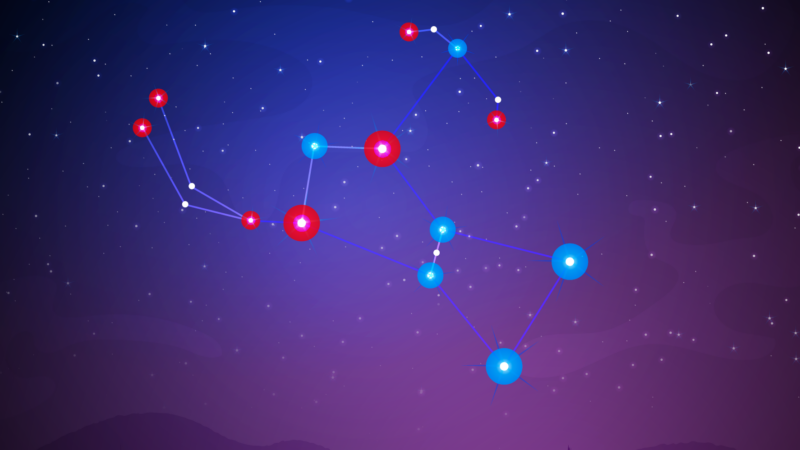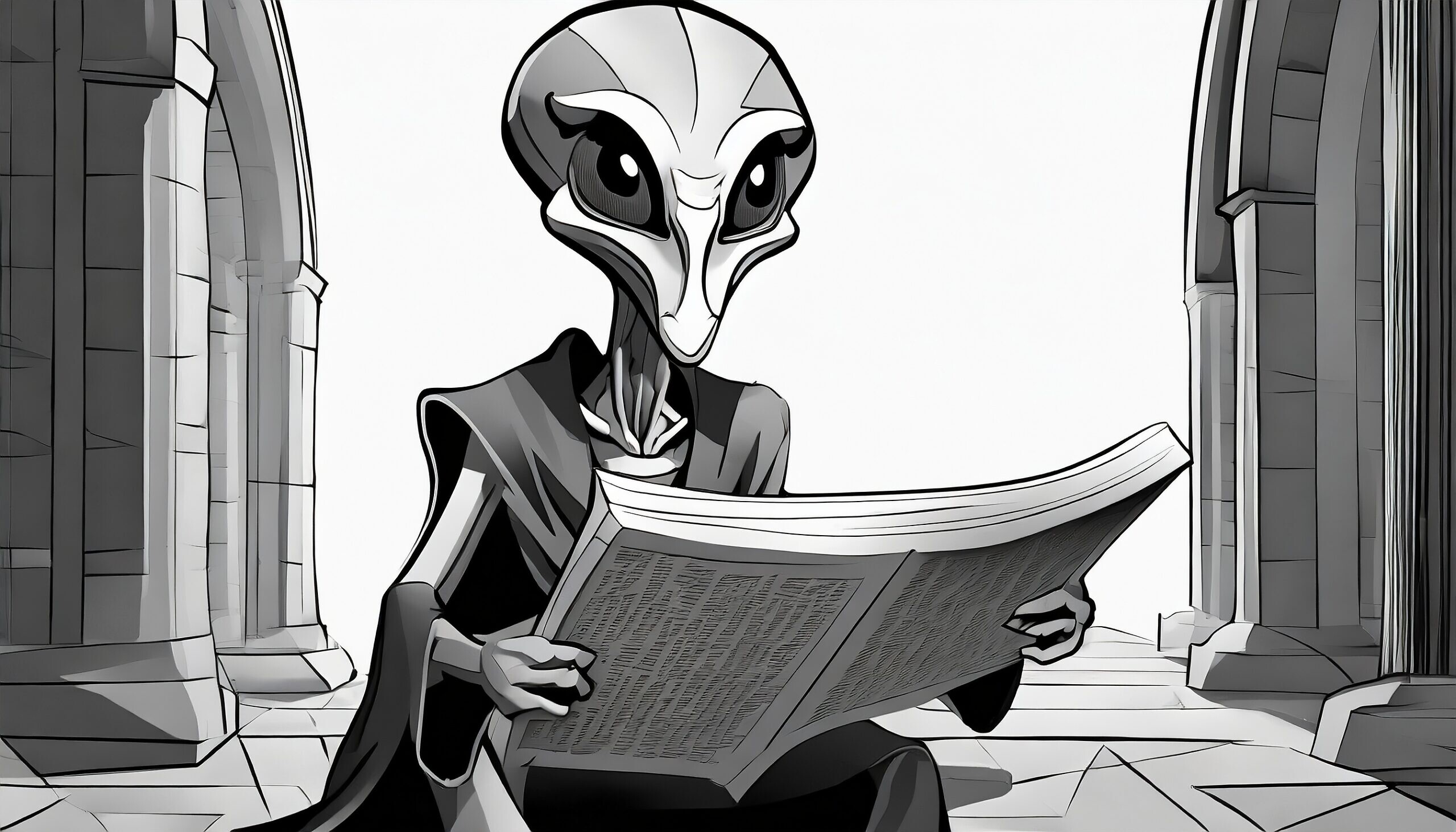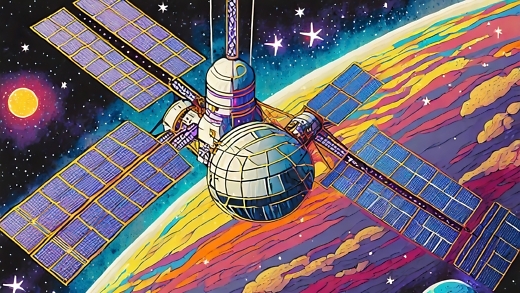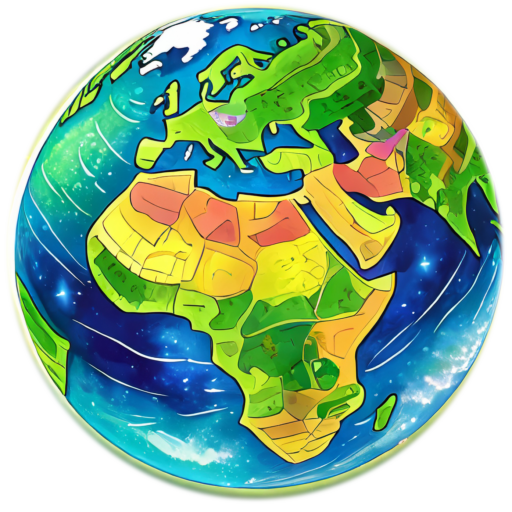Destination Orion

A pattern of stars repeated in monuments throughout the ancient world. It’s a global phenomenon. There might be a celestial plan. Or something encoded in our DNA. Orion is inextricably linked to the evolution of humanity and civilization. Coordinates for a celestial constellation mapped out 7,000 years ago in sand and stone. The builders clearly possessed some advanced knowledge of the constellations.
These are the stars in the Orion constellation: Alnitak, Mintaka, and Alnilam, which form the belt of Orion. In a groundbreaking theory, Bauval and Brophy suggest that the builders of Nabta Playa had an advanced understanding of astronomy and the motion of the stars, particularly Orion.
The celestial alignment of Nabta Playa becomes even more intriguing when we consider the ancient Egyptians’ reverence for the Orion constellation, which they associated with Osiris, the god of the afterlife. The linkage between the ancient Egyptians and Orion has led some to propose the idea that ancient civilizations may have had contact with travelers from the stars, possibly from Orion itself.
Across cultures, Orion holds deep significance. Its prominence in the night sky, its role in various mythologies, and the belief that Osiris, the god of resurrection and rebirth, is linked to this constellation create a compelling narrative. Millions worldwide entertain the notion that our planet has been visited by extraterrestrial beings throughout history.
Could it be possible that these ancient extraterrestrial visitors, with their advanced knowledge and technology, left behind markers or signs for humanity, revealing secrets about our origins and ultimate destiny? The allure of such possibilities intrigues the modern world and challenges conventional thinking.
Further examination of the Orion constellation and its potential influence on various civilizations sheds light on how humanity has long been connected to the cosmos. This fascinating journey into the stars, aligning myths, astronomy, and the mysteries of our ancient past, opens the door to contemplation and exploration of our celestial connections. The links between the stars and humankind’s history invite reflection on the broader questions of our place in the universe and the purpose that may lie beyond our world.
In the vast tapestry of the night sky, Orion stands out as a constellation of great significance. These celestial arrangements, these cosmic patterns, tell a story as old as time itself. Gazing upward, one sees Orion, and in its heart lies a trio of stars, shining brightly. These stars, like ancient stones in the sky, form what we call Orion’s Belt.
Let us consider a moment in the distant past. Imagine looking up at the heavens, and these stones align precisely with the Belt of Orion, mirroring the cosmic dance that unfolded in the celestial realm. The ancients saw in these stones not mere rocks, but a map—a map that depicted the stars above.
Contemplate for a moment the stones of Nabta Playa, a place where mysteries linger in the sands of time. Some ponder, could these stones hold a connection to Orion’s Belt, aligning with the dance of stars just before the summer solstice 7,000 years past? The very idea sparks wonder. How did the ancient ones craft such an intricate diagram of the heavens? A puzzle, perhaps, posed by the star people who once dwelled in the fertile Sahara.
These star people, enigmatic beings, are lost to us now, their drawings etched in caves, telling tales of a time when the Sahara was lush, when they lived. Tall and slender, with peculiar heads—these drawings leave us with more questions than answers. The enigma deepens as we trace their origins, a journey leading us to the extreme southwest of Egypt, where these star people left their mark.
As we venture forth, we encounter Teotihuacán, an ancient city in Central Mexico, a cradle of civilizations past. Here, the pyramids and temples, like echoes from history, point directly to the stars of Orion’s Belt. The Mayans, too, spoke of Orion as a point of creation. A convention of gods in 3114 B.C., they say, in Teotihuacán. An alignment, a connection, a cosmic coincidence?
Yet, it doesn’t end there. Across the world, we find ancient structures, not just mirroring Orion on the ground, but woven with units of measurement that somehow link distant civilizations. A complex subject, an intriguing mystery—why does Orion’s influence span across the globe? Was it merely a cosmic coincidence, or is there a more profound connection, a thread binding us to the birth of mankind?
The Babylonian star catalogues, etched on clay tablets, speak of celestial bodies and the zodiac. Were these tablets, like whispers from the past, evidence that ancient Babylon received knowledge from star travelers? Orion, to the Babylonians, was the “Loyal Shepherd of Heaven” and the “Chief God of Heavenly Realms.” Could these gods have been messengers from Orion, guiding the course of human civilization in the cradle of Mesopotamia?
In the American Southwest, amidst the mesas and canyons, the Hopi people, guided by their creator god Masau’u, settled in a pattern mirroring Orion’s Belt. Their villages, their sacred places, aligned to the stars, as if signaling their celestial ancestors. Was Masau’u an extraterrestrial traveler from Orion, as some suggest? Did the Hopi seek a connection to their star origins, memorializing it in the Arizona desert?
And so, we stand at the crossroads of myth and reality. Orion, a beacon in the night sky, connecting us to ancient tales and enigmatic civilizations. Is it mere myth or a historical account etched in the stars? Could Orion be not only our origin but our ultimate destination?
As we ponder these celestial riddles, we confront the vastness of space. Wormholes, bridges through space and time, open up new realms of possibility. Could such cosmic shortcuts, these inter-dimensional portals, hold the key to traveling to Orion? A journey not in spacecraft, but through the very fabric of the universe itself.
The stars of Orion, a celestial guide, beckon us to contemplate our place in the cosmos. Are we alone in this vast expanse, or do the stars above hold the secrets of our cosmic ancestry? As we gaze upon Orion, we may find not just a constellation but a connection, a link to the mysteries that transcend time and space.
In the end, whether we journey to Orion or decipher its celestial messages, the quest for understanding continues. The stars above, like ancient storytellers, whisper tales of creation and connection. In Orion, we find not just a constellation but a cosmic tapestry woven with threads of mystery, guiding us to explore the boundless wonders that lie beyond.








